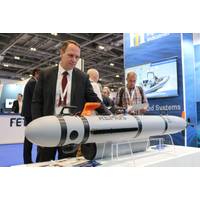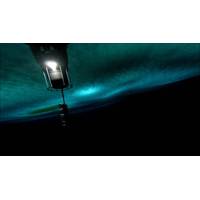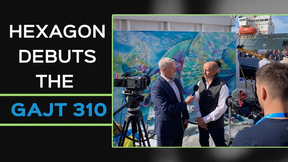
AUV Extravaganza: Tech Advances in Autonomous Underwater Vehicles
range at 3 knots, was first unveiled in 2019, when a first delivery was made, Teledyne said at the time, with longer duration options now available.The flooded hull design vehicle is 6.8m-long and weighs 1.6 Mt. The modular design, with multiple pressure vessels for its control, navigation and electronics systems, etc., mean it’s flexible in terms of sensor and (Kraken) battery configuration (“field-swappable”). The payload included EdgeTech side scan sonar or Kraken 120 MinSAS synthetic aperture sonar, Teledyne Reson T-50 multibeam and Benthos Chirp 3 sub bottom profiler, as well

Antarctic ROV to Help Researchers Prepare for Space Missions
relied on a Linden Photonics 3.5 mm STFOC tether. Linden’s STFOC tether is used for communication, data retrieval, and emergency recovery purposes. The team had to design for a number of challenges associated with deploying Icefin in such an extreme environment. For example, standard electronics systems are not typically rated to the extreme temperatures found under the Ross Ice Shelf. The Southern Ocean can be as deep as 5,000 meters. Icefin is capable of diving 1,500 meters and can perform three-kilometer-long surveys. Previous vehicles in Icefin’s class were rated

 February 2025
February 2025





